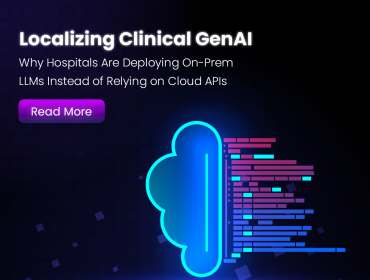Modern computers have been around since the 1930’s and became the technology “backbone” of business worldwide. Advancements in networking, the Desktop PC, the Internet, Client/Server and mobile devices have all had profound effects on business and operations. However, public cloud computing gives the enterprise and government agencies transformative operational and financial options to innovate like no other technology in the history of the business. As a result, public cloud computing has the potential to be the single most disruptive technology advancement in the history of modern business.
From a financial standpoint, public cloud computing has completely changed the Total Cost of Ownership (TCO) equation and revolutionized how we account for computer and software assets. By enabling the enterprise and government agencies to evolve from tracking capital investments and amortization to pure expenses with Software-as-a-Service (SaaS) and Pay-as-you-Go models, public cloud computing provides financial leaders with the freedom to more closely forecast the financial impact of various “what-if” business scenarios and more accurately account for actual costs. In addition, with scalable computing resources from Azure, AWS, and other public cloud service providers, IT operations can now scale up to meet peak computing demands and scale back down when demand drops. This flexibility results in dramatically reduced costs and TCO.
From an IT operations standpoint, public cloud computing provides the opportunity to free up valuable and expensive IT resources to focus on the critical issues that are unique to the enterprise or government agency. There is the opportunity to mothball the enterprise data center. System monitoring and fixes, backups, software updates, security and other mundane but essential IT tasks can be offloaded to the cloud service provider. Best case, the enterprise or government agency can outsource its entire IT infrastructure to the cloud service provider under a managed services agreement. Worst case, the enterprise or government agency can reduce its IT staff to maintain IT infrastructure down to a much smaller organization.
From a Business standpoint, public cloud computing provides enterprise and government agencies a whole new business playing field with options that are only restricted by the imagination of the business leaders. New cloud-based internal or customer-facing applications can be implemented in a matter of weeks or months as opposed to years. Organizations can go virtual with employees having the option to work remotely and collaborate both internally and externally via their favorite office 365 applications on a variety of mobile devices. With centralized data storage, real-time enterprise and agency-wide online information analytics are a click away.
According to a 2014 study by Oxford Economics and SAP, titled, “The Cloud Grows Up“:
- 69% of enterprises expect to make moderate-to-heavy cloud investments over the next three years as they migrate core business functions to the cloud.
- 44% of enterprises are relying on cloud computing to launch new business models today, predicting this will increase to 55% in three years.
- 32% are using cloud computing to streamline their supply chains today. Senior executives predict this figure will increase to 56% in three years, a 24% increase.
- 59% say they use cloud-based applications and platforms to better manage and analyze data today, reflecting the increasing importance of analytics and big data enterprise-wide.
With the benefit of 2 years to analyze the results:
- Top–line growth (58%), collaboration among employees (58%), and supply chain (56%) are the three areas enterprises expect cloud computing to impact most in three years. The greatest gains will be in the areas of a supply chain (a 24% jump), collaboration among employees (20%) and increased agility and responsiveness to customers (17%).
- Developing new products & services (61%), new lines of business (51%) and entering new markets (40%) are three key areas cloud computing is transforming enterprises. With a 35% increase, developing new products and services is the most dominant strategy enterprises are relying on to grow their businesses.
- 58% of enterprises predict their use of cloud computing will increase top-line revenue growth in three years. 67% see the cloud changing skill sets and transforming the role of HR.
- 74% of enterprises say innovation and R&D are somewhat or mostly cloud-based. 61% say they will have developed new products and services in three years as a result of adopting cloud technologies.
- Enterprise cloud security strategies are maturing rapidly. From 2012 to 2014, strategies for ensuring the security of API and interfaces increased 24%, from 20% to 44%. Additional concerns that increased include virus attacks (up 19%), and identity theft (up 16%).
- 31% of respondents say the cloud computing has had a transformative impact on their business. 48%, nearly half, state that cloud computing has had a moderate impact on business performance. The majority believe cloud computing will have a significant impact on top-line revenue growth in three years.
- 67% of enterprises say that marketing, purchasing, and supply chain are somewhat and mostly cloud-based as of today. Cloud-based adoption has reached an inflection point in enterprises, with functional areas having the largest percentage of workloads running on cloud-based apps. Enterprise senior executives see the potential to improve innovation, R&D, and time-to-market via greater collaboration using cloud technologies.













